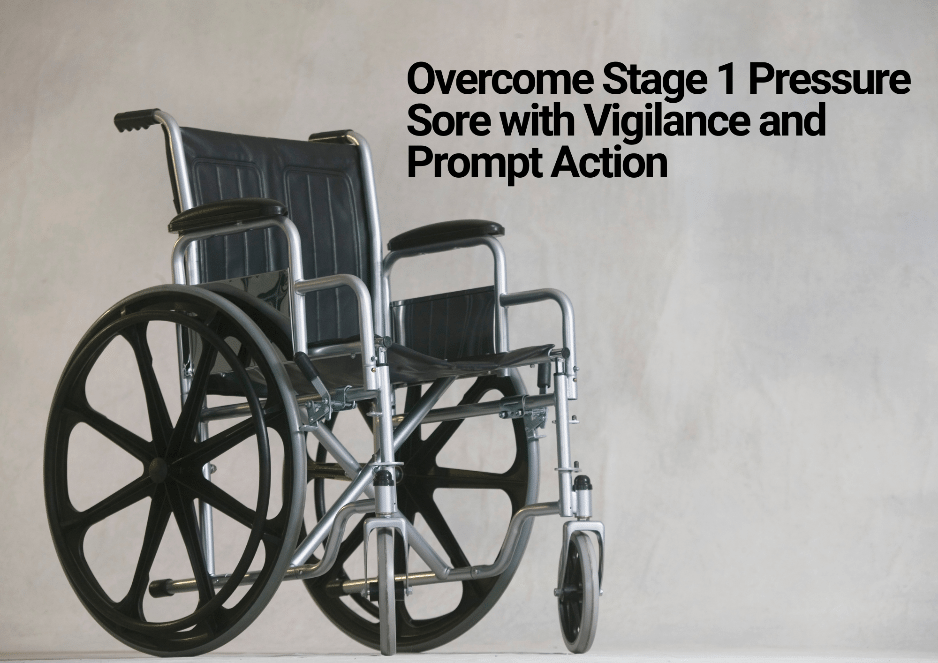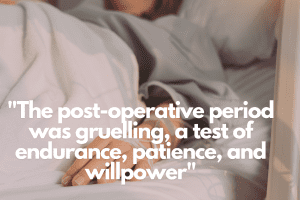
By Scihealthhub – November 23, 2024
In this post, I will share how I survived a stage one pressure sore.
Pressure sores are a constant challenge for me, having lived with a spinal cord injury for over 20 years. Over time, I’ve learned to take every precaution to avoid the recurrence of these sores, which can quickly turn life-threatening if not properly managed. This is the story of a pressure sore scare I recently faced and how I overcame it by being vigilant and proactive.
How it Started
On one seemingly ordinary morning, I began my usual routine of checking my pressure points—a habit I’ve developed over the years to stay ahead of potential issues. But this time, when I inspected my left buttock, I noticed something alarming. There was a swelling and hardening of the skin, about 3 cm wide. I knew immediately that this fit the description of a stage 1 pressure sore.
Shock and disbelief hit me. How in j could this happen? The previous day had been busy, but I had followed all the necessary precautions—regular pressure relief, using my specialized pressure-relieving wheelchair cushion, and maintaining good posture. Despite my best efforts, here I was, staring down the beginnings of a potential problem.
My immediate reaction was a mix of disappointment and frustration. I felt bad that despite all the steps I had taken, a pressure sore was still developing. But there was no time to dwell on negative emotions—I knew I had to act fast. The key to preventing a pressure sore from progressing is quick intervention, and I needed to dig deep for the strength to face this head-on.
Taking Action: Stage 1 Pressure Sore Management
Once I confirmed the presence of the swelling, I immediately implemented a strict management plan. The most important thing was to take pressure off the affected area. For the next few days, I avoided sitting on my left side 90% of the time, except when absolutely necessary.
I took a few days off work to allow my body the time it needed to heal. Rest was critical. I made sure to keep the area clean and dry at all times and applied moisturizer after bathing to maintain skin integrity.
Consulting with my doctors was also a priority. On their advice, I started taking Chymoral Forte tablets (Trypsin-chymotrypsin), a non-steroidal anti-inflammatory drug, and increased my intake of vitamin C. I wasn’t entirely sure how effective these would be, but I had to try something to support the healing process.
Signs of Improvement
Fortunately, within two days, I began to see signs of improvement. The swelling and hardness started to decrease, and by the sixth day, the pressure sore was almost completely gone. The relief I felt was overwhelming. I had narrowly avoided a serious setback.
Lessons Learned
This scare was a valuable reminder of the importance of being proactive and vigilant. Daily checks of my pressure points are not just a routine; they are essential to preventing serious complications. Had I not caught the early signs, this pressure sore could have easily progressed to stage 2, requiring much more intense treatment and longer recovery time.
For anyone living with a spinal cord injury, I cannot stress enough the importance of vigilance when it comes to pressure sore prevention. Even when you’re doing everything right, things can still go wrong, but the key is to catch it early and take immediate action.
Conclusion
In the end, I felt incredibly fortunate to have overcome this pressure sore scare. It reinforced my commitment to staying ahead of this recurring challenge. Living with a spinal cord injury is a daily battle, but with vigilance and prompt action, even setbacks like pressure sores can be managed effectively.
You might also like to see How I Stopped a Cycle of Recurrent UTI in Spinal Cord Injury






